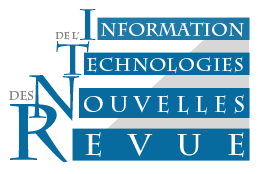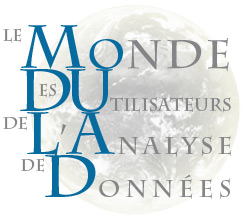Approche basée BRS pour la Spécification et l'Analyse d'une Architecture Sécurisée du Fog Computing
In CAL 2021, vol. RNTI-L-9, pp.67-90
Abstract
The Fog Comuting refers to a distributed hardware and application infrastructure that offers
computing, storage and networking services between terminals and traditional Cloud servers.
It has the advantage of reducing service latency and improving perceived quality, as well as
the benefit of total data distribution. However, the segmentation, distribution, and adaptive deployment
of features on this set of devices, ranging from IoT to Cloud, pose major challenges
due to the heterogeneity, hierarchical structure, and very large scale infrastructure of Fog architecture.
The present work fits into this new paradigm ("Fog Computing") and proposes a
generic formal model specifying a Fog architecture, consisting of a set of secure Fog nodes
that act both as filters to reduce the amount of data sent to the Cloud, and as processing units
close to the data collected. Besides, the multi-level collaboration requirements (IoT, Fog and
Cloud), generating a new set of security issues related to identity management and resource
access management, are also considered by the proposed formal model: CA-BRS (Control
Agents BRS), combining agents and BRS (Bigraphical Reactive Systems). The execution
and analysis of this model through the BigraphER tool made it possible to deduce important
conclusions.

